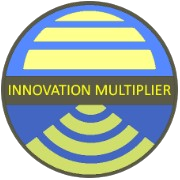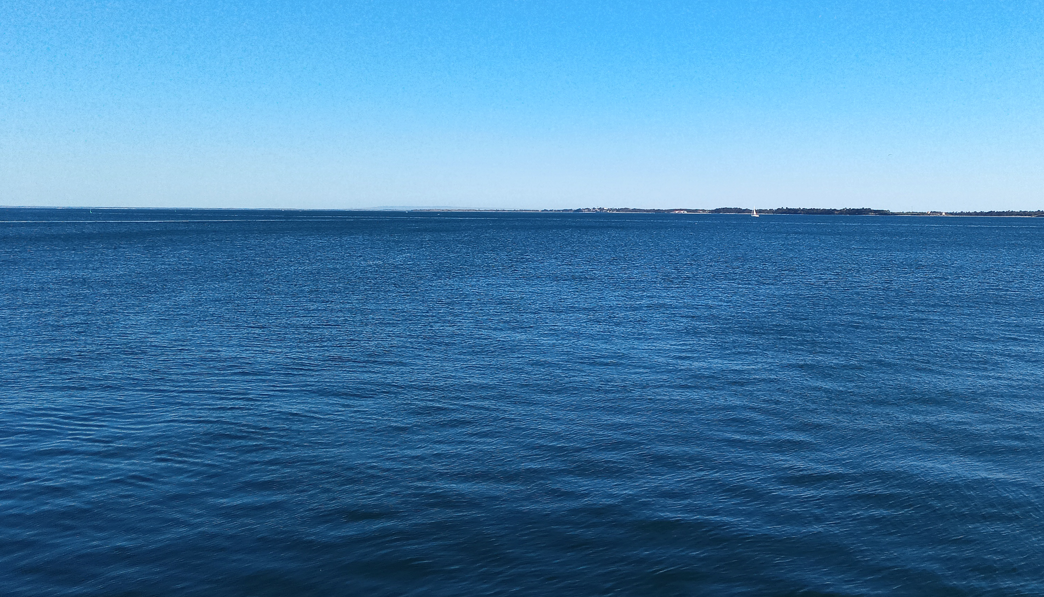WE HAVE DEVELOPED A SCIENTIFICALLY BASED SOLUTION AND CREATED A DEVICE THAT ALLOWS YOU TO CONTROL PHOTOSYNTHESIS IN A MARINE ENVIRONMENT THAT DOES NOT HAVE ACCESS TO SUNLIGHT
GENERAL INFORMATION
This project has intellectual property legal protection and some specific details of the project have not been disclosed.
Marine Carbon Farm
The three most important stores of CO2 are the atmosphere, the terrestrial biosphere and the ocean, which are constantly exchanging CO2. The ocean is the largest reservoir of carbon dioxide and essentially determines the amount of CO2 in the atmosphere. The solubility of carbon dioxide in water depends on temperature, so in cold areas it is absorbed, and in the tropics it evaporates from sea water.
The Sun is the source of the decarbonization of the Planet.
There are currently many technologies for capturing CO2, but they all require a lot of energy and are not always environmentally neutral. The culmination of our many years of work was the creation of autonomous marine carbon farms using natural mechanisms to sequester CO2.
We present a device that allows you to collect sunlight on the sea surface, transmit it through a light tunnel to the required depth and activate photosynthesis in microalgae. The light flux is controlled remotely using an optical system and can change the intensity and size of the illuminated area. The luminous flux is controlled remotely using an optical system and can change the intensity and size of the illuminated area.
The most promising approach is to use microalgae to capture CO2 in the marine environment.
The most global CO2 sink is the ocean, covering about 71% of the Earth’s surface, and the most global CO2 sequester and O2 producer is microalgae with its ability to photosynthesize.
Microalgae, the backbone of the marine food web, together produce at least 50% of all the oxygen in our atmosphere and sequester about 40 Gt of carbon.
Unfortunately, micrialgae numbers are declining at a rate of about 1% per year due to warming waters and a decrease in available nutrients.
We have one more chance to help nature.
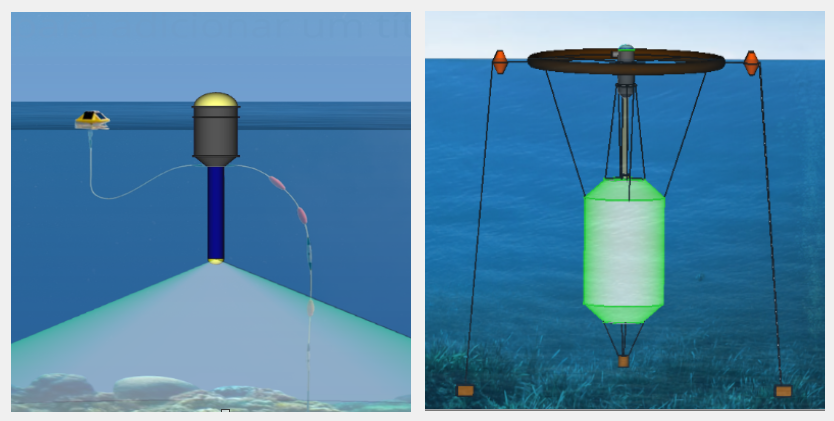
We have developed a scientifically based solution and created a device that allows you to control photosynthesis in a marine environment that does not have access to sunlight.
This allows for additional cultivation of microalgae in the aphotic zone or in areas with low photosynthetically active radiation (PAR) and the creation of conditions for complete CO2 sequestration to pre-industrial levels.
Application results:
1. Lowering the level of CO2 in sea water;
2. Increasing pH levels in seawater;
3. Increasing the level of O2 in sea water;
4. CO2 fixation, sedimentation and storage on the seabed for hundreds of years;
5. Significant reduction of anthropogenic emissions into the atmosphere.
Environmental impact:
1. Restoration of biodiversity in the oceans and seas;
2. Elimination of acidification of oceans and seas;
3. Elimination of Dead Zones in the oceans and seas.
Another option uses only solar energy to capture CO2 that evaporates from seawater.
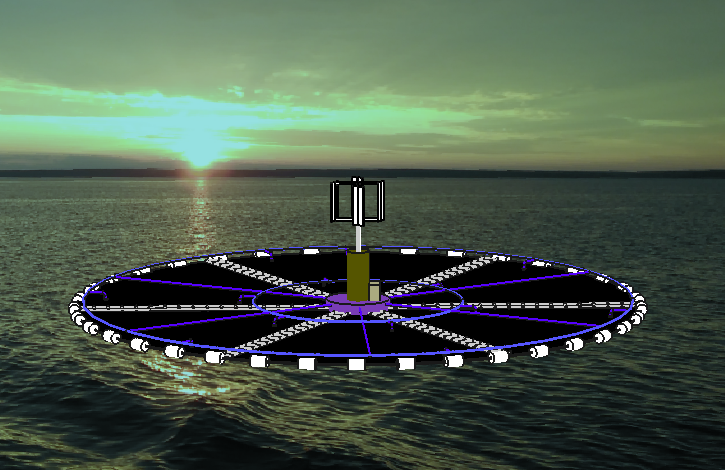
When the surface of the sea is heated by solar energy, carbon dioxide evaporates from the water, and this process can be used to collect CO2 without consuming energy, but it is important to control and manage temperatures without harming the environment.
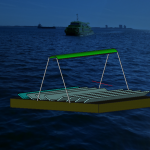
Linear solar concentrator
direction
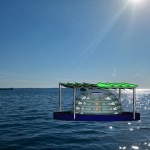
Hybrid solar concentrator
direction
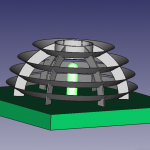
Circular linear concentrator
direction
